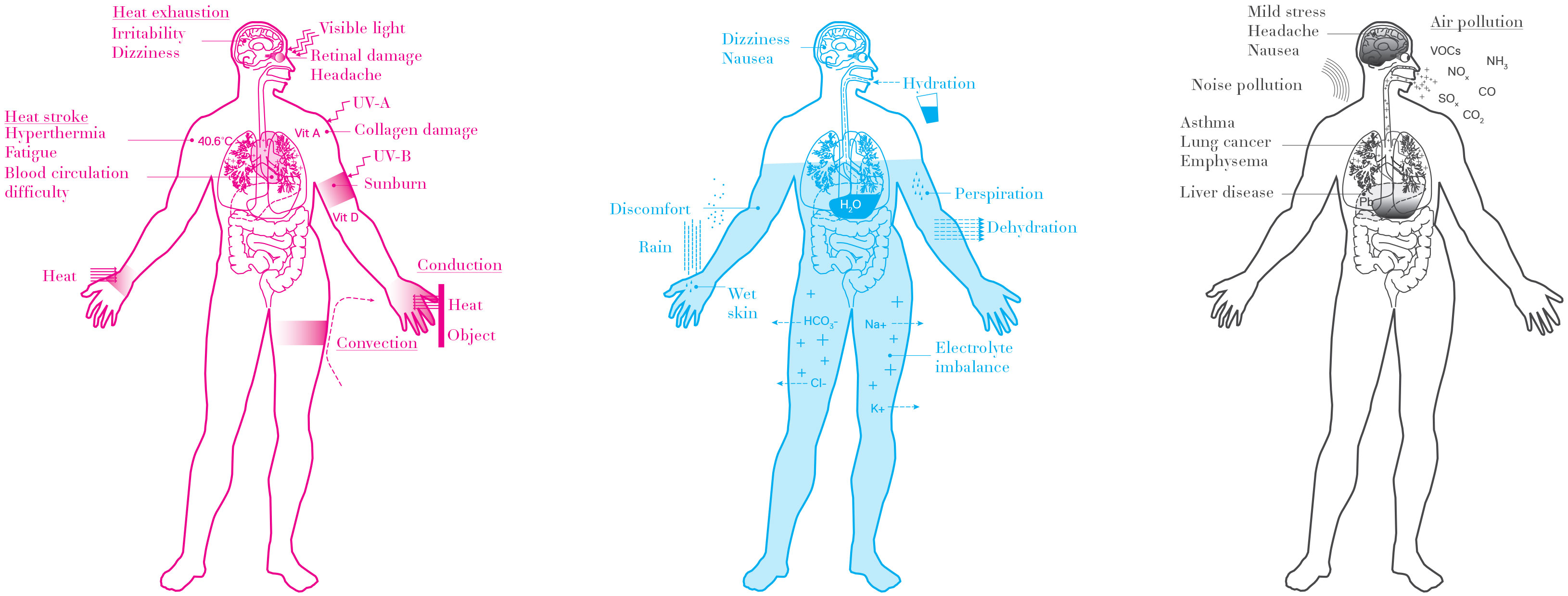Nuovo Realismo, Filosofia, Architettura e Arte
H18:00
Entrance: Via Liguria 20
Introduction
Biographies
H18:00
Entrance: Via Liguria 20
A conversation between Maurizio Ferraris and Philippe Rahm.
Postmodern and structuralist thinking of the second half of the 20th century based the world’s understanding on the meaning of one thing by confronting it with the meanings of other things. They were more interested in the „how“ than the „why“, in what the object „said“, rather than in the reasons why it existed. The thing had to mean something rather than be something. The object had to say something rather than be used for something. It was a social construction, a cultural sign, an aesthetic form, before being a material, physiological or physical object.
The climatic crisis forces us to land as Bruno Latour says, to leave the conceptual schemes for the heatwave reality of our time, to move from postmodernism to a new realism as Maurizio Ferraris demand.
For the architect Philippe Rahm, it is time to leave architecture as a language game to achieve a realistic architecture, neutral in meaning, but fulfilling its fundamental mission, to be cooler in summer, warmer in winter, to protect from cold winds and too hot sun.
The conversation will present Maurizio Ferraris‘ Manifesto of the New Realism and initiate a discussion between Maurizio Ferraris and Philippe Rahm on its consequences in the field of design and more broadly in the field of art. Can there be an architecture without meaning? Can art be realistic?
Organised by Istituto Svizzero, in collaboration with HEAD Geneva, and Fondazione Memmo, Rome.
H18:00 Welcome address: Joëlle Comé (Director, Istituto Svizzero)
H18:15 Conversation between Maurizio Ferraris and Philippe Rahm.

Philippe Rahm (born in 1967) is a Swiss architect who graduated from the Ecole Polytechnique Fédérale de Lausanne in 1993. Its architectural firm „Philippe Rahm architectes“ has been established in Paris since 2008. His work, which extends the field of architecture between physiology and meteorology, has gained an international audience in the context of sustainable development. In 2011, Catherine Mosbach & Ricky Liu and himself won the international competition for Central Park, a new 70 hectare urban park in Taichung, Taiwan and its buildings that opened in August 2018. In 2017, with Nicolas Dorval-Bory, he won the Agora design competition at La Maison de la Radio (Radio-France) in Paris, which is currently under study. In 2019, with OMA, he was the winner of the urban redevelopment project for the 62-hectare Farini district and a 14-hectare park in San Cristoforo, Milan, Italy. In 2008, he was one of the twenty international architects selected for the 11th Venice Biennale of Architecture and participated in 2017 in the Seoul and Chicago Biennales of Architecture. In 2002, he represented Switzerland at the 8th Venice Biennale of Architecture. In 2007, a solo exhibition was dedicated to him at the Canadian Centre for Architecture in Montreal. He has given numerous conferences on his work at Yale, Beijing Forum, ETH Zurich and UCLA. Philippe Rahm was a resident of Villa Medici in Rome in 2000. He was a visiting professor at the AA School in London in 2005-2006, the Academy of Architecture in Mendrisio, Switzerland in 2004-2005, the EPFL (Ecole Polytechnique Fédérale de Lausanne) in 2006-2007, the School of Architecture of the Royal Danish Academy of Fine-Arts in Copenhagen in 2009-2010, the AHO School of Architecture in Oslo, Norway in 2010, the University of Princeton, USA in 2010 – 2012, Harvard GSD in 2014 – 2016, Columbia University in 2016 and Cornell in 2019. He is a Senior Lecturer at the Ecole Nationale d’Architecture de Versailles. He is the author of the book architecture météorologique, published in 2009 in France and Constructed atmospheres in Italy, in 2014. In 2018, he was the editor of the Meteorology pages of the Italian architectural magazine Domus.
Maurizio Ferraris is full professor of theoretical philosophy at the University of Turin and president of LabOnt – Interdepartmental Centre of Ontology. He is advisory member of the Center for Advanced Studies of South East Europe (Rijeka) and of the Internationales Zentrum für Philosophie NRW, and has received an honorary degree from the University of Flores (Buenos Aires) and from the University of Pécs. He is columnist for La Repubblica and Neue Zürcher Zeitung, editor of Rivista di Estetica, Critique, Círculo Hermenéutico editorial and Revue francophone d’esthétique. Ferraris has written around sixty books which have been translated into several languages. He has worked in the fields of aesthetics, hermeneutics, and social ontology, linking his name to the theory of documentary and to the new contemporary realism.
© Philippe Rahm architectes